SUMMER SALE - USE CODE: "SUMMER50"
50% OFF YOUR COURSE
CAPTURE THE MILKY WAY & BENRO POLARIS COURSE
You missed out!
75+ VIDEO LESSONS | 27+ HOURS OF CONTENT
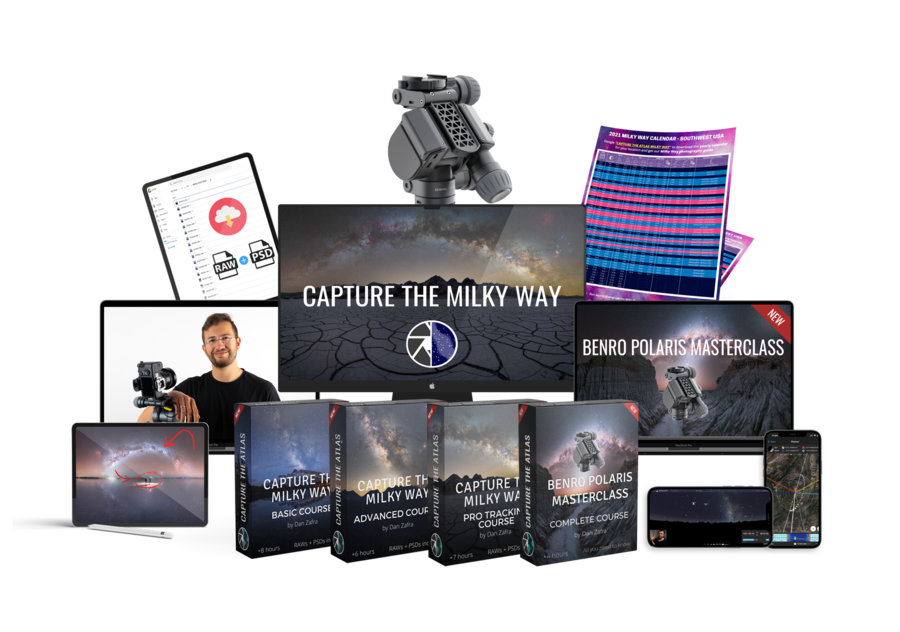
Without the best Northern Lights camera lens, it doesn’t really matter how good your camera is.
Photographing the Northern Lights is my passion, and I’ve spent years shooting the Aurora using different camera lenses. Today, I can sum up the best lenses to photograph the Northern Lights:
1. Sigma 14mm f/1.4 DG DN Art
2. Sony 14 mm f/1.8 GM
3. Rokinon 14mm f/2.8
4. Venus Laowa 15mm f/2
5. Nikkor Z 20mm f/1.8 S
6. Canon RF 15-35 mm f/2.8
7. Sigma 14-24mm f/2.8 DG
8. Tamron 17-28mm f/2.8 Di III RXD
9. Irix 15mm f/2.4 Blackstone
10. TT Artisan 11mm f/2.8 Fisheye
Apart from having a good lens, using the best settings to shoot the Northern Lights is fundamental in capturing the best possible images. Also, don’t forget that cameras are essential in night photography, so make sure you pair your lens with one of the best cameras for Northern Lights photography.
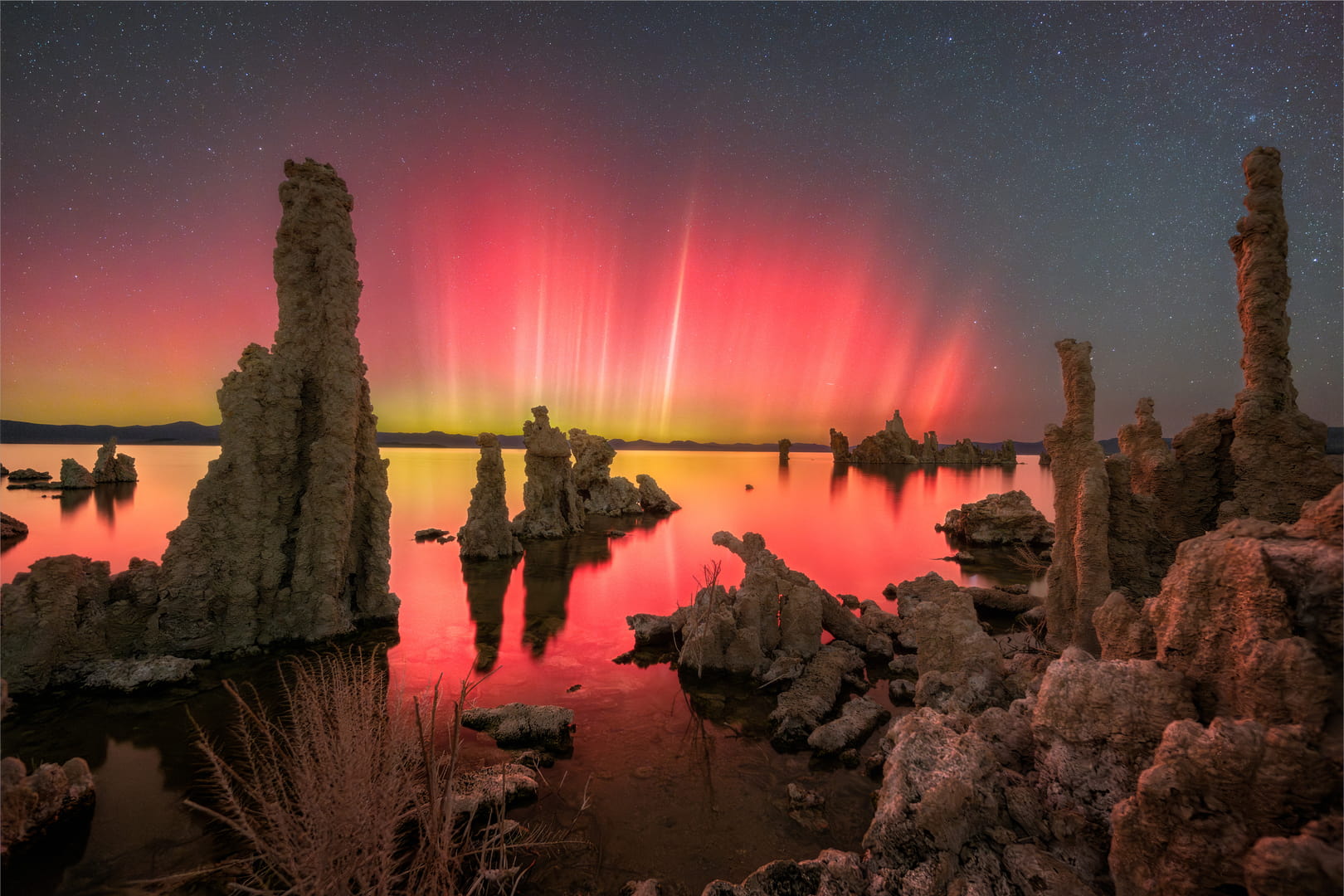
Having a fast lens is key in Northern Lights photography
This winning list of the best lenses for the Northern Lights only includes wide-angle lenses since these offer the best field of view to capture the Aurora. Also, all these lenses are concretely designed for Full-Frame cameras.
Nevertheless, in this guide, you’ll find a comprehensive list of the best lenses to take pictures of the Northern Lights according to your budget and preferences. I’ve included some of the best zoom and prime APS-C lenses, and the best Nikon, Sony, and Canon lenses for Northern Lights photography.
If you need buying advice, I’ve also added a section with some key things to consider when buying a Northern Lights lens.
Let’s get started with the best lenses for shooting the Northern Lights!
- Best camera lenses for Northern Lights photography
- Best APS-C lenses for shooting the Northern Lights
- Best Sony lens for photographing the Northern Lights
- Best Nikon lens for Northern Lights photography
- Best Canon lens for Northern Lights photography
- What makes a good Northern Lights camera lens?
GET YOUR FREE EBOOK!
- PHOTOGRAPHING THE NORTHERN LIGHTS -
BEST SETTINGS, GEAR, PLANNING, TIPS, AND MORE!
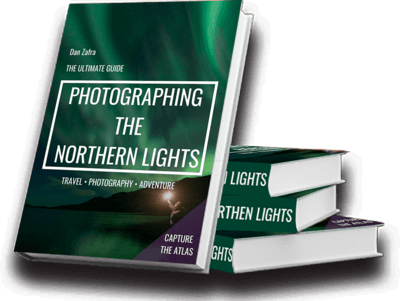
1. Sigma 14mm f/1.4 – The best lens for Northern Lights photography
| The Sigma 14mm f/1.4 DG DN Art is by far the best lens to photograph the Northern Lights. It offers the two most important features in any lens for Aurora photography: a wide-angle field of view and luminosity. Additionally, it comes with a manual focus lock switch, which is an absolute must for astrophotography lenses. The only cons are its price and weight; however, to reduce the strain on the camera mount, it comes equipped with a tripod mount. Compatible with: Sony, and L-mount full-frame cameras. |
*If you are a Sony shooter, I’d recommend the Sony 14 mm f/1.8 GM instead for the reasons explained below.
2. Sony 14mm f/1.8 GM – The best Sony lens for Northern Lights photography
| The Sony 14 mm f/1.8 is the best Sony lens for photographing the Northern Lights. The quality in low-light photography is stunning. It’s fast and sharp even in the corners, with no deformations, aberrations, and other issues commonly found in other Aurora lenses. It’s also light and compact, weighing only a fraction of the weight of the Sigma, and the only downside is its price, but it’s worth every last penny.
As soon as I tested it, it became my absolute favorite night photography lens. The field of view and aperture are also perfect for filming the Aurora and shooting Northern Lights time-lapses. |
*If you are looking for something more affordable and don’t mind compromising field of view, the Sony 20mm f/1.8 is also an excellent option for Northern Lights.
3. Rokinon 14mm f/2.8 – Best cheap lens for Northern Lights photography
| This is the best affordable lens for Northern Lights photography. It’s wide, light, fast, it doesn’t have a strong comma in the corners, and the best thing; it’s fairly cheap. The only disadvantage of this lens is the lack of autofocus, but it’s always better to use the manual focus when shooting the Aurora as I explain in the focus section of my Northern Lights photography guide. Compatible with: Nikon, Sony, Canon, Fuji, Pentax. |
*Note: If you prefer a longer focal length to shoot the Aurora, the Rokinon 20 mm f/1.8 and Rokinon 24 mm f/1.4 are also great options at an affordable price.
4. Venus Laowa 15mm f/2 – best third-party Northern Lights lens
| This is one of the best 3rd party lenses for Northern Lights photography in mirrorless cameras. It’s designed specifically for night and low-light photography, and it’s very compact and light. It doesn’t require special filters, which is something to consider if you plan to use it as a lens for landscape photography. Compatible with: Sony, Nikon and Canon mirrorless cameras. |
A wider version of Laowa for Northern Lights photography is the Laowa 12 mm f/2.8.
5. NIKKOR Z 20 MM F/1.8 – Best Nikon lens for Northern Lights
| If you’re a Nikon Z mirrorless shooter, this is your lens for Northern Lights photography. It’s very fast, reliable, and offers excellent performance in low-light. I’ve tested this lens on many Aurora trips with our Capture the Atlas Photo Tour students and I think that it should be mandatory on any Northern Lights adventure. |
6. Canon RF 15-35 mm f/2.8 L – Best Canon lens for Northern Lights
7. Sigma 14-24mm f/2.8 DG – Best Wide-angle zoom lens
| This is probably the best general wide-angle zoom to shoot the Northern Lights. It’s sturdy, sharp, and the glass is built with impressive quality. Compatible with: Nikon, Sony, and Canon Full-Frame cameras. |
8. Tamron 17-28mm f/2.8 Di III RXD
| This is a good wide-angle lens for Northern Lights photography. The image quality is superb across its entire focal length range, which is difficult to find in other ultra-wide-angle lenses. It’s light and compact and has internal zoom, which is a great plus. If you are shooting with a Nikon F or a Canon EF camera, check out the Tamron 15-35mm f/2-8 instead. |
9. Irix 15mm f/2.4 Blackstone – Best cheap lens for DSLR
| This lens can also be considered one of the best cheap lenses for shooting the Northern Lights for DSLR cameras. Available for: Nikon and Canon Full-frame DSLR models and Pentax. |
10. TT Artisan 11mm Fisheye f/2.8 – An ultrawide alternative
| This lens is not as popular as the other models but it doesn’t mean it’s any worse. The TT Artisan 11mm f/2.8 Fisheye lens is a compact and affordable ultrawide angle lens that will let you capture a great portion of the sky. It offers excellent details, contrast, and colors, all for an incredibly affordable price. If you are looking for an affordable prime lens to photograph the Northern Lights, you can’t go wrong with this one. It’s available for Sony E, Canon RF, Nikon Z, Leica L, and Leica M. |
Best APS-C lenses for Aurora photography
APS-C sensors are not the best for low-light photography and for capturing light, so pairing your crop-sensor camera with a good fast lens is important if you want to get the best Northern Lights images.
Best prime lenses for shooting the Aurora Borealis (APS-C)
- Rokinon 12mm f/2.0: The best all-round lens for photographing the Northern Lights in APS-C mirrorless cameras. It’s light, sharp, fast and very cheap. Compatible with Sony, Fuji, Canon, and Olympus.
- Rokinon 10 mm f/2.8 ED: A similar option to the Rokinon 12mm, but also available on Nikon, Canon EF-S, Fujifilm X, Micro 4/3, Pentax, and Sony E APS-C cameras.
- Sigma 16mm 1.4 DC DN: If you’re looking for a lens that includes more features like autofocus or some weather sealing, this is a good option. Compatible with Sony E mounts, Canon EF-M, Canon RF, Nikon Z, and Micro 4/3 cameras.
Best wide-angle zoom lenses for shooting the Northern Lights (APS-C)
- Sigma 10-18mm f/2.8 DC DN: In terms of quality for price, this is the best generic wide-angle lens for photographing the Northern Lights on APS-C cameras. Compatible with Sony, Canon RF, L Mount and Fujifilm X APS-C cameras.
- Sony 11mm f/1.8: This is the best wide-angle Aurora lens to pair with Sony crop-sensor models. It’s f/1.8 aperture makes it a great pair for the smaller sensors letting in a ton of light.
Best Sony lens for shooting The Northern Lights
Sony has some of the best lenses to photograph the Northern Lights. Apart from the Sony 14mm f/1.8 GM mentioned above, these are my 4 picks:
- Sony FE 20mm f/1.8 G: This is one of the best lenses to photograph the Northern Lights, it’s fast, wide, light, it’s affordable, and it’s the best option if you want a fast ultra wide-angle lens to capture your Northern Lights images. It’s also a fantastic lens for Milky Way, and it’s considerably more compact and light compared to the Sigma 14mm 1.8 discussed above (1 lb/460 gr vs. the 2.5 lb/1170 gr of the bulky Sigma).
-
- Sony FE 12-24mm f/2.8 GM: This is the fastest and most versatile ultra-wide-angle zoom for Northern Lights photography. It’s heavier, bulkier, and more expensive than other Sony lenses, but the possibilities are endless. It’s also the perfect option for shooting Aurora panoramas and time-lapses.
- Sony FE 16-35mm F2.8 GM II: Wide-angle scenes, video, time-lapse… this is a very versatile lens to shoot the Northern Lights. I used the previous version of this lens for many years, and it’s also my main pick for other night shootings, like photographing the Milky Way. The GM II is even better than its predecessor, it’s extremely sharp across the entire range with outstanding image quality. To me, it’s the best Sony wide-angle zoom lens for shooting the Northern Lights.
- Sony FE 24mm F/1.4 GM: The 24 mm G Master model is more expensive, but it’s widely considered the best Sony Aurora lens in terms of image quality and performance. It’s also a good lens for filming the Northern Lights using the wide f/1.4 aperture.
Best Nikon lenses for Northern Lights photography
Speaking specifically about the best Nikon lenses for the Northern Lights, apart from the Nikkor Z 20 f/1.8 S you can find:
-
Nikkor Z 14-24 f/2.8: This is the lightest f/2.8 wide-angle zoom lens on the market, and it’s designed to capture the maximum quality in low-light conditions across the entire focal length range. It is also versatile to capture the elusive movements of the Aurora.
- Nikkor Z 24 mm f/1.8 S: Even though 24mm might seem too narrow, this is also a very good lens for Northern Lights. It offers very similar specs as the Nikkor Z 20 f/1.8 but with some extra 4mm.
- Nikkor 14-24 f/2.8G ED: This is the lens I used for years to photograph the Northern Lights. It’s versatile, sharp, and fast. If you’re shooting with a Nikon DSLR, it’s still a great lens, and you can get it at a lower price. However, new lenses offer better functions and results, such as the Sigma 14-24 f/2.8. You can see the Aurora images I’ve taken with this lens in my Northern Lights photography guide.
- Nikkor 24mm f/1.4G ED: The best Nikon DSLR prime lens for shooting the Northern Lights. This lens allows you to use a shorter shutter speed while capturing more light. The difference between f/1.4 and f/2.8 in Northern Lights photography is huge.
Best Canon lens for the Northern Lights
Speaking of the top Canon lenses to shoot the Northern Lights, beyond the Canon RF 15-35 mm f/2.8, both of these primes for Canon DSLR can be a nice addition to your kit:
- Canon RF 24mm f/1.4 L VCM: The Canon RF 24mm f/1.4 is a great option to shoot the Northern Lights on a Canon mirrorless camera. It doesn’t have the widest field of view, but it’s f/1.4 aperture is perfect for capturing sharp and vibrant auroras.
- Canon EF 14mm f/2.8L II USM: This is one of the best Canon lens for shooting the Northern Lights. It’s wide and fast enough to capture the movement of the Aurora.
- Canon EF Wide-Angle 24mm f/1.4 II USM: It’s not the widest but it is the fastest Canon prime lens to shoot the Aurora and a very good option if you’re a Canon shooter.
What makes a good Northern Lights camera lens?
There are some fundamental things to consider when buying lenses for Northern Lights photography. Some of the most important are:
Conclusion
Choosing the best camera lens for Northern Lights photography is not easy, but it’s critical if you want to capture the best possible images.
Once you have a good camera for shooting the Northern Lights and know the best camera settings in Northern Lights photography, using the right lens will be the key factor in getting a sharp and quality image.
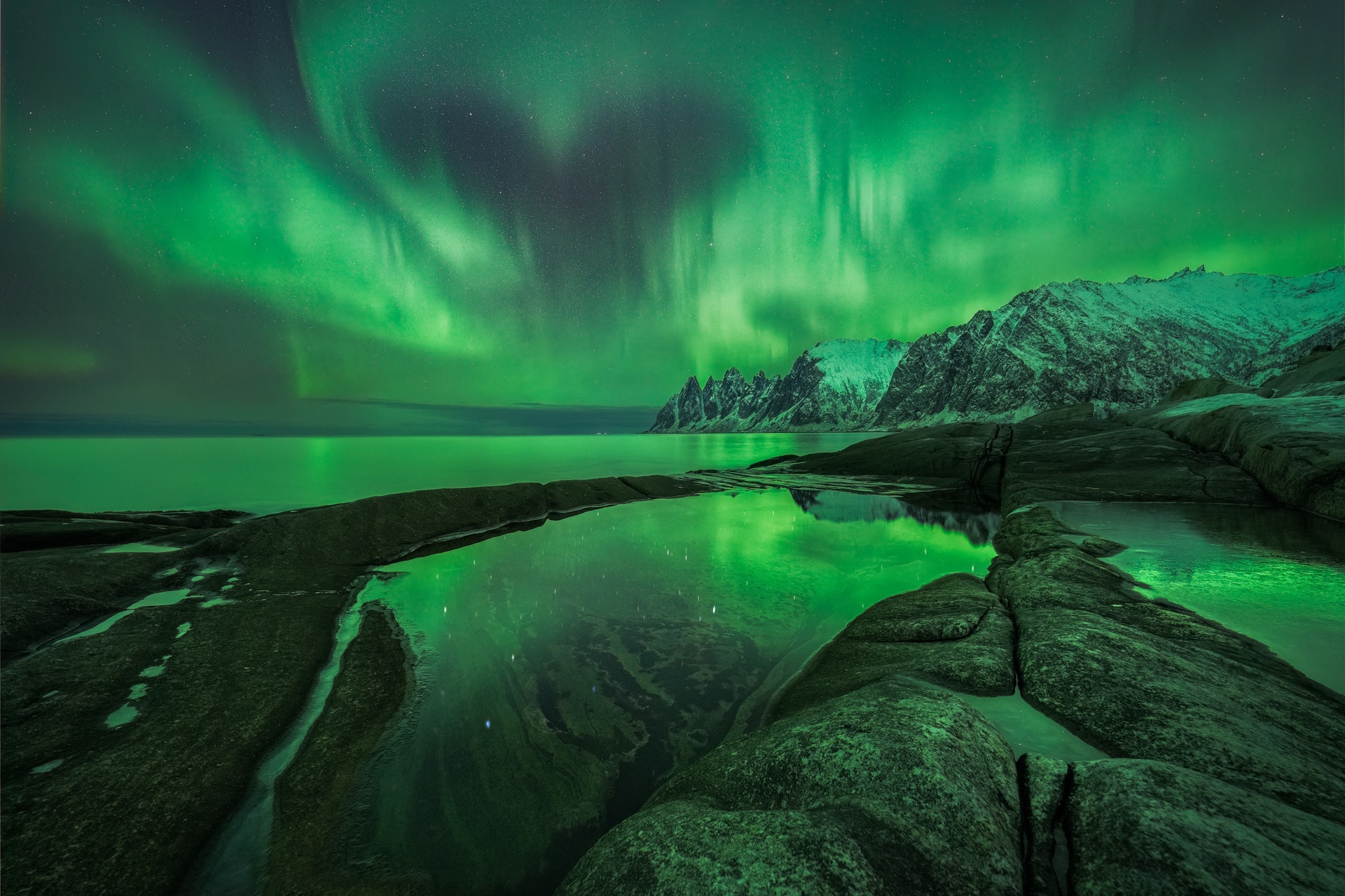
Having the right lens is fundamental for taking the best Aurora images
Some Northern Lights lenses are expensive, so a good tip is to rent a Northern Lights photography lens for your particular trip. This is also a good option for testing a lens before purchasing it. This is something I usually do before my Lofoten Northern Lights photo tours.
In my case, I always rent my Aurora photography lenses with Lensrentals, which operates in the US. Their rentals are cheap and straightforward to process. Besides, if you rent your equipment through this link and use the Lensrental promo code CTA15, you will get a 15% discount.
For example, the one-week rental of the Sony 12-24 f/2.8 GM is $93, while the full price of this lens is $2,998.
You can check other camera rental companies near you in our guide to Camera lens rentals.
I hope this article helps you choose the best Northern Lights lens. If you aren’t sure if you can shoot the Aurora with your lens, or if you have any other questions related to Northern Lights gear, feel free to leave a comment below.
Happy Captures and clear skies!
GET YOUR FREE EBOOK!
- PHOTOGRAPHING THE NORTHERN LIGHTS -
BEST SETTINGS, GEAR, PLANNING, TIPS, AND MORE!

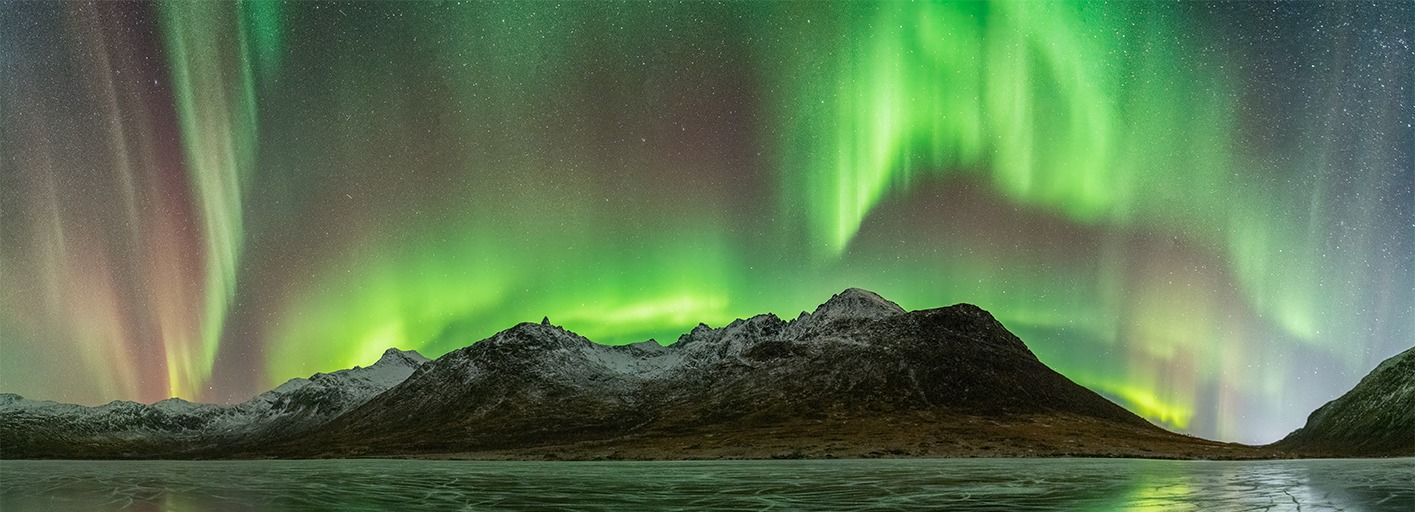


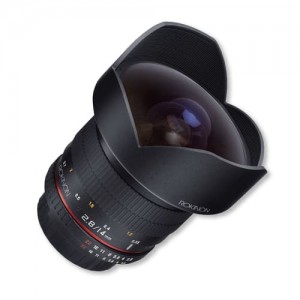
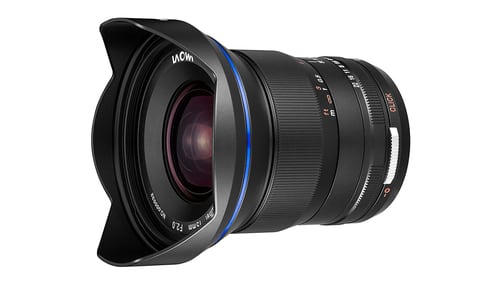

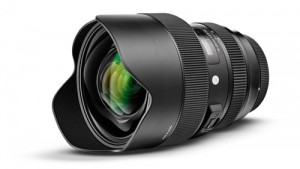



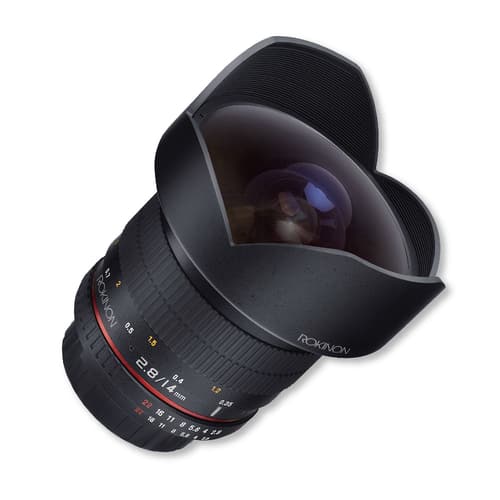

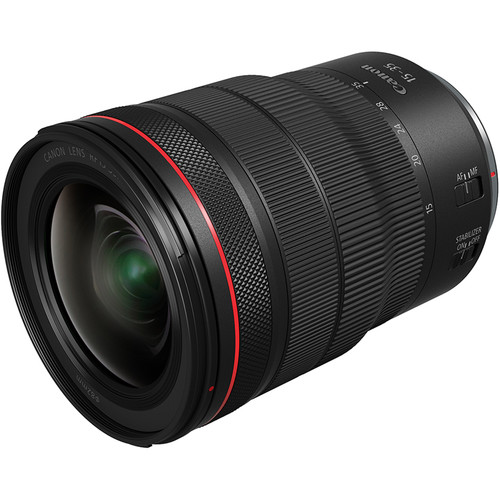
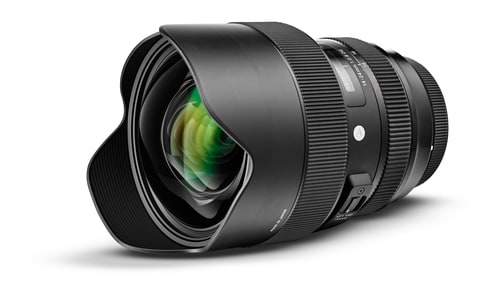
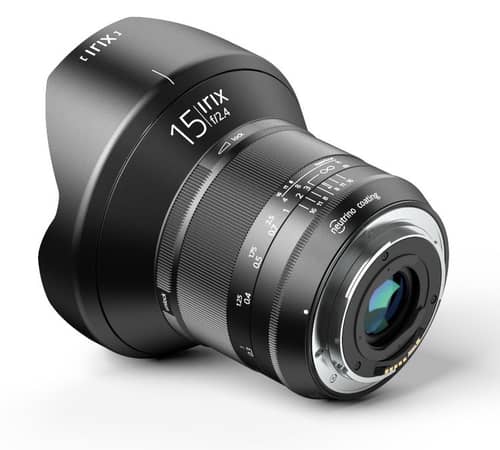

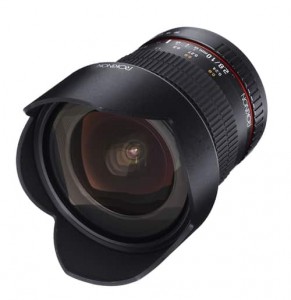
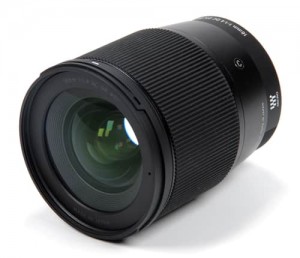


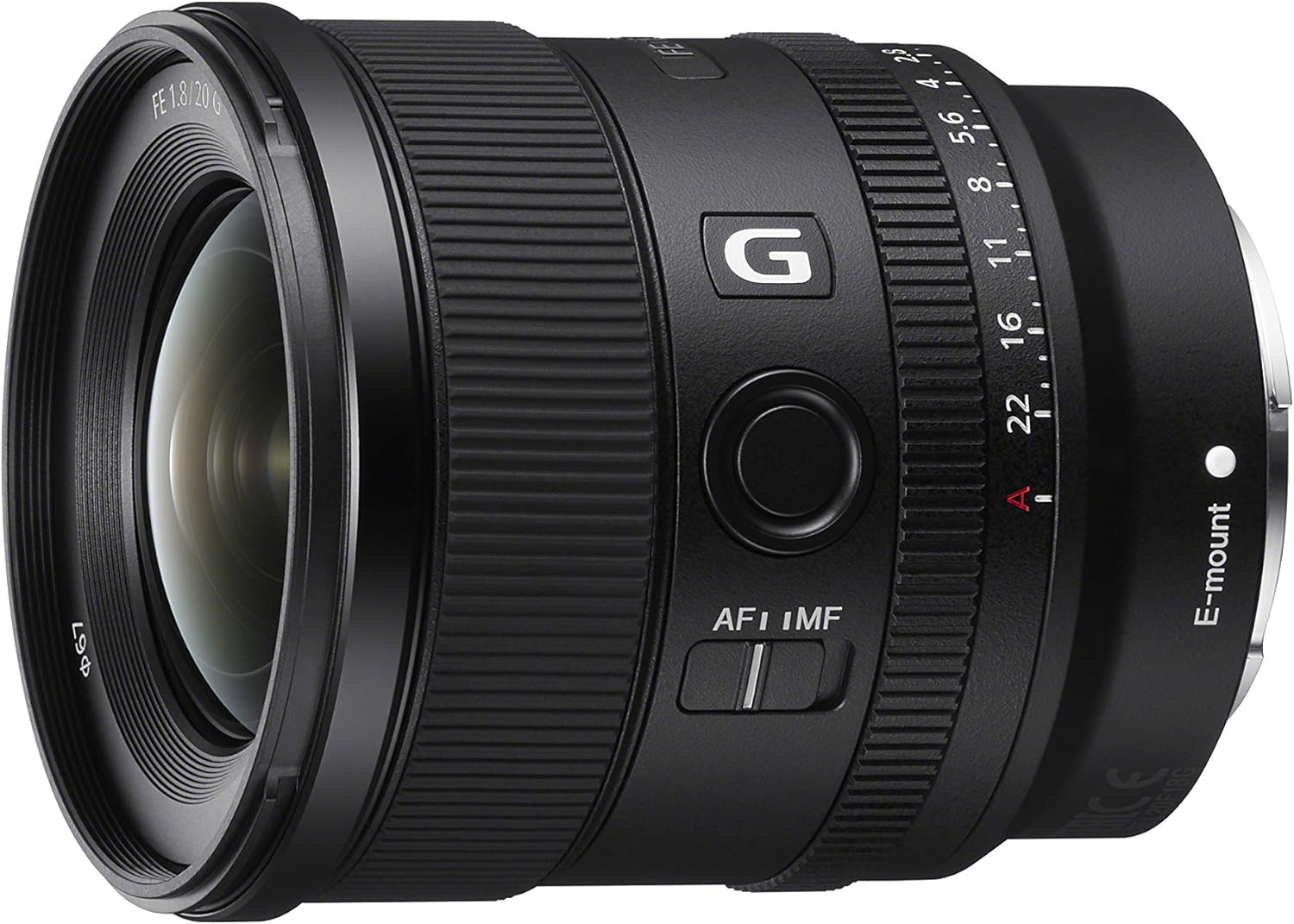


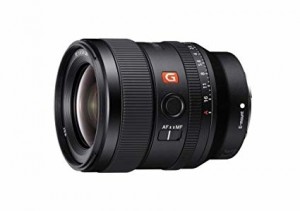


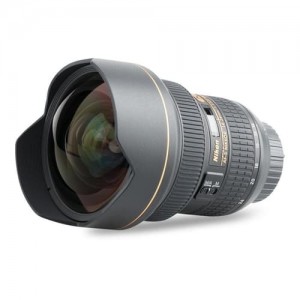
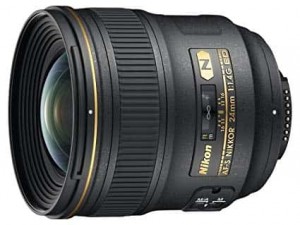

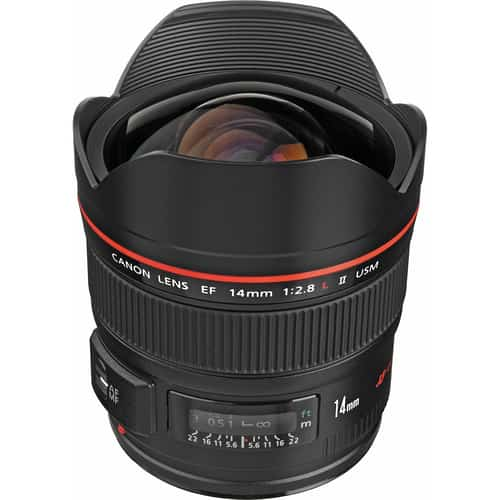
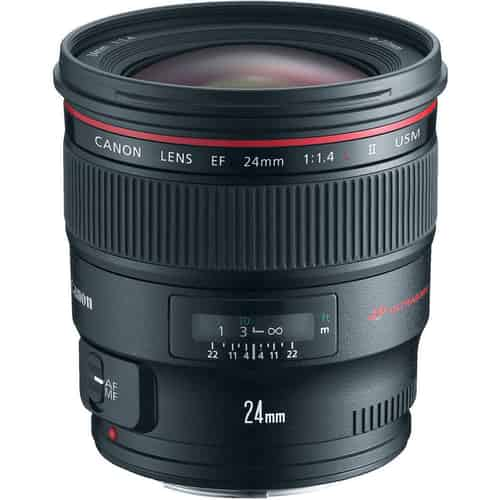

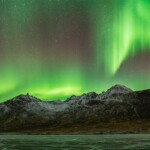
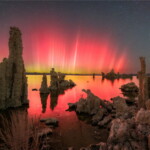
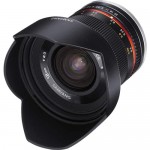
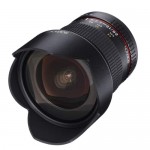
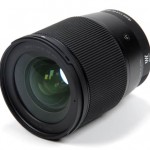
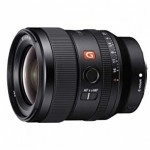
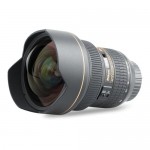
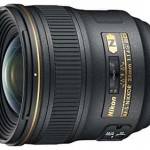
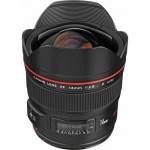

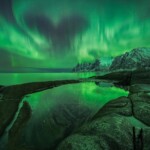
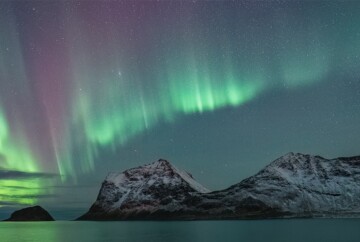
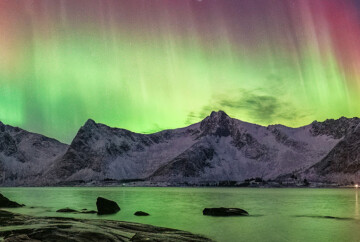
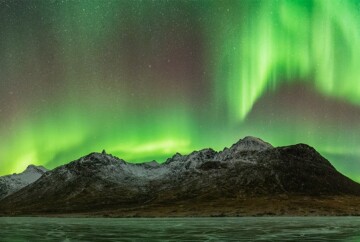







PLanning on capturing the Aurora on iceland soon. I use a Canon EOS 5D MKII (old but still great) My lens is EF-24mm – f/1.4 so hopefully it will succeed 🙂
That’s a great gear, Michael! Hope you had a great trip and saw the Aurora 😀
Hi Dan – I’m going to Fairbanks October 2023. I have a full frame canon 5D Mark IV. I am convinced that a wide angle prime lens is what I want. I want to get into ASTROPHOTOGRAPHY after I return home. I have always had reservations about using non canon lens but I am reading good reviews. What do you deem is better ? Manual or auto focus ? And what lens would you recommend for the northern lights and night sky photography ? Thanks in advance.
Robin,
In astrophotography is always recommended to focus manually to the stars, but if you’re going to use also for daylight images, then it’s always better an autofocus lens. I’d recommend you the Sigma 14-24mm f2.8, the Canon 24mm f1.4 or the Sigma 20mm f1.4. They are great for astrophotography.
Happy shooting,
Dan
Great article. I have a Tamron 17-50 f2.8. Would that be pretty good or would it be worth adding a Tokina 11-16 f2.8?
Thanks Colin! The Tamron 17-50 is great! However sometimes we need a wider lens when the aurora is very strong.
Hi Dan,
I have a canon 7D EOS . I have a 16-35 mm 2.8 f will it be okay to take photos of the aurora?
most of my photography is macro so I don’t want to invest in a new lens.
zvia
Zvia,
That would be a good lens and combo for Northern Lights 😉
Hi,
I’m still learning about my dslr but we’re going to see the Northern Lights (hopefully) in February.
I have a Nikon – just a D3300 and I can afford to spend a bit on a new lens.
Which would be better: 30mm f/1.8 or 50mm f/1.8?
And why? Am I looking for higher/lower mm or higher/lower f please?
Thanks.
Hi Lindsay, I’d say it’s better the 30mm lens since you’ll have a wider perspective and sometimes the aurora can be so strong that is on top of your head. So make sure your lens is as wide as possible. 🙂
Hi there, what in your opinion, is the priority – a wide angle lens (I have a Canon 17-55mm f2.8 USM) or the widest aperture (I also have a Canon 50mm f1.2L USM)? Or should I try both out depending on the conditions? Thank you for your help in advance! I am going to Finland in December.
Vicky,
I think it’s better the Canon 17-55mm f2.8 since you’ll have a wider perspective and sometimes the aurora will be all over your head. But if it’s far away, you can try with the other lens.
Hope it helps!
Hey Dan! Thanks for the great article!
I hesitate between the ROKINON 14MM F/2.8 or the Rokinon 14mm T3.1 for my Canon.
Considering price is pretty much the same between these two lenses, what do you think would be the best for northern lights shooting/videoing?
Is the Rokinon 14mm F/2.8 is good for northern lights videos?
What’s the difference between T3.1 and F/2.8? I can’t find a proper answer lol
Thanks a lot!
Hi Victor, I’ve never heard about the Rokinon 14mm T3.1 so I can’t answer. Anyway I don’t think you will notice any difference. The f2.8 for sure will give you good results of the aurora.
Hey,
Can you recommend lens for Canon Eos 250d? I am going in november to Iceland
Ewelina, the Tokina 11-16 f/2.8 is a great lens to photograph the Aurora with your camera.
Good luck!
Dan
Hi Dan,
Could you please suggest setting for My Nikkor 14-24 f/2.8G ED lens for Northern Lights? I am using Nikon D750. I am going to Iceland in last two weeks of March 2022. Amazing content.
Thanks
Jay Shah
I used to have a Nikon D800 + Nikkor 14-24 f/2.8 and it’s a great setup and lens for Northern Lights! I recommend checking my Northern Lights photography guide to learn more about the best settings 😉
Great review. My question is what about Sigma 20mm f/1,4 DG HSM ART lens? It’s possible to use for northern lights? Thank you.
Sure! You can definitely use that sigma lens for Northern Lights. If you use Nikon or Sony I’d recommend the original sony/nikon 20 mm f/1,8 since they are lighter and offer superb quality but the sigma is also a good lens option for Northern Lights 😉